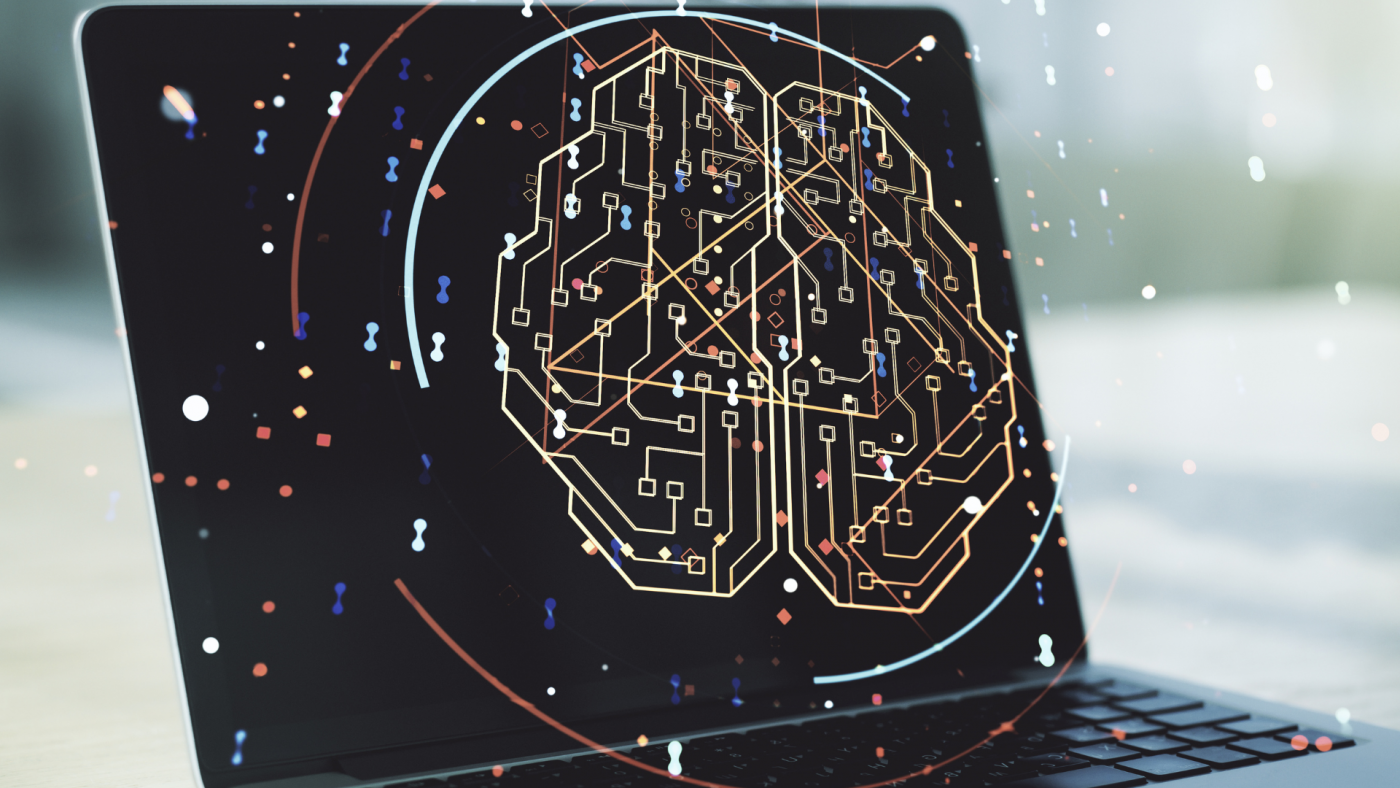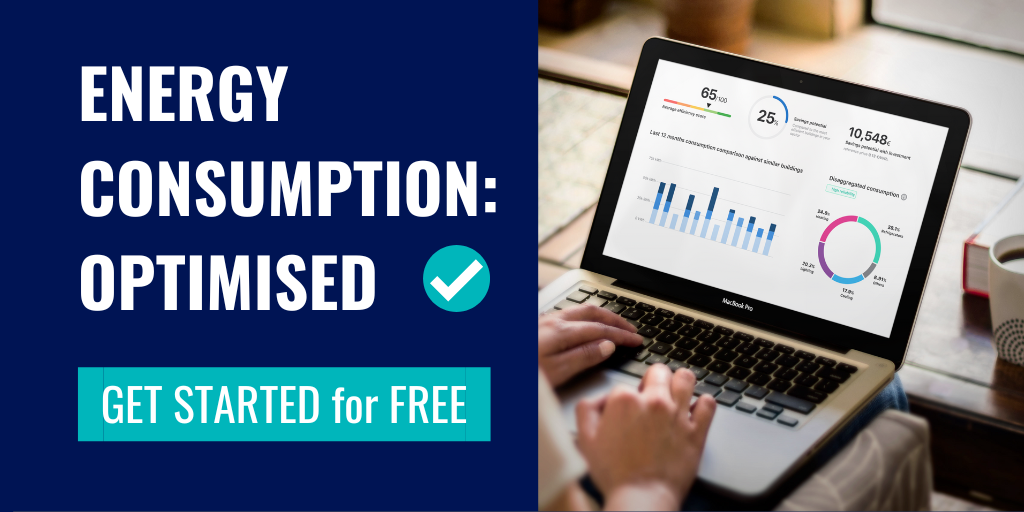Machine Learning and Energy Consumption are two very important topics these days. One might call them trends, and they are more than just buzzwords.
In this article, we explain why these two concepts are intrinsically linked and how new technologies help improve sustainability and reduce energy consumption.
The amount of energy we use keeps growing, and with that comes increased greenhouse gas emissions. At the same time, Machine Learning is continually improving, with better techniques and algorithms. When applied to the energy sector, the future might suddenly be more efficient.
This is why companies, individuals and organisations are putting significant effort into finding creative ways of applying Machine Learning and Artificial Intelligence in the energy industry, especially working on finding ways to accurately forecast energy consumption, and the performance of renewable sources.
What is Machine Learning?
To cut through the noise and so we’re all on the same page, it is worth introducing machine learning to those who either don’t know what it is or are still not completely sure.
As the name suggests, machine learning is a way of getting a software program to learn how to improve its performance on a task by itself through experience.
These programs are made using algorithms and statistical models that have been developed and improved through research over the years. In order for them to work, they require good data, which they process, and learn from.
The word data is key here because just as we humans learn from data (things we listen to, read or experiment with), programs using machine learning algorithms use data provided by developers and engineers to train the algorithms.
What kind of data is needed by these algorithms?
We can basically use any relevant type of data. The more, the merrier, to get better results.
In the energy industry, this dataset is passed to a machine learning algorithm that is literally “trained”, making it possible for us to predict or accurately estimate the future energy consumption of devices or loads.
An example of a tool that uses Machine Learning and AI for effective energy consumption forecasting is the Energy Management Platform, Spacewell Energy (Dexma). This EMS (Energy Management Software) offers an all-in-one solution, based on artificial intelligence and advanced analysis. In case you’re interested, here’s a link to the demo.
How do Machine Learning and AI forecast Energy Consumption
When it comes to consuming energy, it is often the case that we maintain our habits and behaviours until something unexpected triggers our awareness. For instance, skyrocketing electricity bills, or lower-than-expected performance from renewable energy sources.
Here is where machine learning and artificial intelligence come into play. One major application of these tools is in developing ways to forecast energy consumption, using deep neural networks and regression analysis.
By processing energy consumption data, for example, the historical data of energy consumed by a building from 1996 to 2015, it is possible for a model to reveal trends and patterns, but also, to predict future energy consumption patterns.
The 3 major benefits of Energy Consumption Forecasting:
- Economic: Companies and individuals can translate energy into cost, and therefore estimate their energy bill, and make decisions based on this.
- Practical: By not only knowing how much energy we will consume but understanding how and why we will, we can change our habits without affecting our productivity or the quality of our lives.
- Technical: Better managing energy data unlocks new possibilities in the collection and analysis of this data, as well as in generating more accurate predictions…
7 Methods you can use for an Effective Energy Consumption Forecasting
1. Time series are among the most used for energy consumption or production prediction.
For instance, when it comes to forecasting the behaviour of wind: such as speed and direction. It is fundamental to input the data at regular intervals of time so that the model can learn by the evolution of this data over time.
Time series forecasting uses techniques such as autoregressive, moving average, autoregressive moving average, and vector autoregressive, among others; which make it possible to predict the output of energy sources based on past observation.
2. Artificial Neural Networks (ANNs), which comprise what is called deep learning, an advanced form of machine learning inspired by the way the brain of animals works.
Deep learning is highly valuable in the energy industry as the algorithms are suited for large datasets. In the case of historical energy consumption and generation, data sets tend to be massive and require the right techniques so they can be processed and analysed efficiently.
3. Ensemble Methods for Enhanced Accuracy
Ensemble methods, a collection of ML techniques that combine the predictions of multiple models to improve accuracy and robustness, offer a powerful approach to energy consumption forecasting. By integrating the outputs of various algorithms, such as decision trees, support vector machines, and neural networks, ensemble methods can mitigate individual model biases and errors. This results in more reliable and precise predictions, especially when dealing with complex and dynamic energy consumption patterns. In addition, ensemble methods enable the incorporation of multiple types of data sources, including historical consumption data, weather conditions, economic indicators, and social factors, leading to more holistic and comprehensive forecasts.
4. Incorporating External Factors
While historical energy consumption data forms the core of forecasting models, the inclusion of external factors can significantly enhance their predictive capabilities. External factors encompass a wide range of variables, such as public holidays, industrial activities, events, and policy changes, which can influence energy consumption patterns. Integrating these factors into ML algorithms enables the models to capture the intricate relationships between energy usage and external dynamics, resulting in more accurate and adaptable forecasts. This dynamic approach is particularly crucial in sectors with varying consumption behaviours and evolving external influences.
5. Transfer Learning for Adaptability
Transfer learning, a concept within ML where knowledge gained from one domain is applied to another related domain, offers an innovative approach to energy consumption forecasting. By leveraging pre-trained models on similar energy consumption datasets, transfer learning can significantly reduce the time and resources required to train new forecasting models from scratch. This is especially valuable in scenarios where there is limited data available or when transitioning from one region to another with distinct consumption patterns. The ability to fine-tune pre-trained models to specific contexts enhances the adaptability of energy consumption forecasting algorithms, ensuring accurate predictions across diverse settings.
6. Online Learning for Real-time Adjustments
The dynamic nature of energy consumption necessitates real-time adjustments in forecasting models. Online learning, a technique where models are updated continuously as new data becomes available, addresses this need by enabling models to adapt to changing consumption patterns on the fly. This approach is particularly advantageous when dealing with rapidly evolving situations, such as sudden changes in demand or the integration of new renewable energy sources. By incorporating the most recent data, online learning ensures that forecasting models remain up-to-date and capable of providing accurate predictions in rapidly changing environments.
7. Explainable AI for Stakeholder Confidence
As ML and AI techniques become increasingly integrated into energy consumption forecasting, the need for transparency and interpretability becomes paramount. Explainable AI methods, which provide insights into how models arrive at specific predictions, enhance stakeholder confidence and foster trust in the forecasting process. Interpretable models allow energy managers, policymakers, and other stakeholders to understand the underlying factors driving forecasts and make informed decisions based on the generated insights. This transparency is essential for facilitating the adoption of AI-powered forecasting tools across diverse industries and sectors.
Incorporating these advanced methods and strategies into energy consumption forecasting not only enhances the accuracy of predictions but also broadens the application of ML and AI techniques in the energy sector. By continuously improving the quality of forecasts and enabling adaptable models, the integration of advanced technologies offers the potential to revolutionise energy management practices and contribute to a more sustainable and efficient energy future.
How is it possible to predict Renewable Energy Consumption?
Apart from the practical and economic aspects of consuming energy, and the positive impact of predicting energy consumption for consumers; the reduction of the impact of energy production and consumption on the environment is another big opportunity unlocked by machine learning.
When we talk about renewable energy sources, we talk about the sun, wind, rain, geothermal heat, etc. These are used to produce renewable energy, whose impact on the environment is very low.
These clean, environmentally friendly and renewable ways of generating energy are the “holy grail” for many countries, regions, individuals and organisations; however, there are many difficulties in reaching ambitious targets and goals.
One of the most important factors to take into account with renewable energy is the fact that nature is unpredictable. As unsurprising as it might sound, this is key, as this can make it hard to generate the necessary amount of energy required at any given time due to natural conditions.
There is considerable cost to electricity network operators associated with not being able to predict how much energy will be generated by, for example, a solar panel or a wind turbine. This cost is economic, but also operational, and even when only instantaneous, can lead to the destabilisation of the power grid.
Collecting data on weather, temperature and other climate conditions can feed a model to know in advance whether enough energy will be generated, and transition to non-renewable energy with enough time if necessary.
There is a combination of data required for this type of prediction to be performed efficiently, and new initiatives and projects are continuously being developed for this. You can check our R&D projects at any time.
You can also read more about the use of AI in Energy Management in this article.




